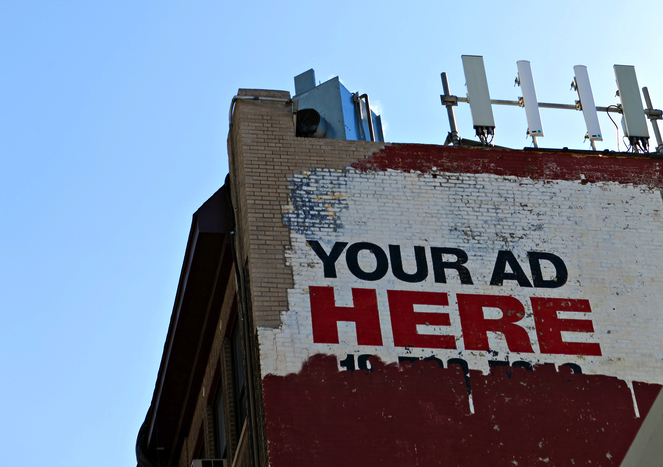Save 50% on a 3-month Digiday+ membership. Ends Dec 5.

Concerns about the proper way to disclose native advertising are as pressing in the U.K. as they are in the U.S.
On Monday, IAB U.K. released its first guidelines around native ad disclosures, which it hopes will help publishers figure out the rules of the road in the still-nascent space. Their recommendation? Publishers should “provide consumers with prominently visible visual cues” that tell them when an article is from advertisers.
This labeling can include prominent brand logos, different color shading around the ad, or even an entirely different font. The IAB U.K. also said that publishers should include wording such as “paid promotion” or “brought to you by,” which clearly tells readers that there’s a commercial arrangement between the publisher and an ad sponsor.
The narrative is similar in the U.S., where publishers are also constantly tweaking and reworking how they label their native ads. The New York Times and BuzzFeed, for example, have repeatedly tweaked their native ad labeling in an effort to create good brand experiences while also giving readers clear signs that they’re reading ads. But it’s a tough balance. Native advertising is attractive to brands because it looks like the content around it, and going too overt with labeling risks pushing readers away.
Publishers in the U.K. recognize the pressure on both sides “We don’t want to put people off reading things with a label that says ‘this content isn’t as good,’” said Matt Cory, managing director of The Telegraph’s Create branded content studio. But he said that, fundamentally, the IAB’s guidelines are a positive development. “It helps if things are consistent, and we would rather have guidelines than regulations,” he said, adding that The Telegraph’s native ad labeling policies are already in line with the IAB U.K.’s guidelines.
The IAB U.K.’s move comes as native advertising has grown to a $330 million industry in the U.K., accounting for 21 percent of overall ad spending last year. U.K. publishers, like their U.S. counterparts, see native advertising as their next growth business, which is why many are keen on making sure the industry takes the right approach.
“Readers hate feeling tricked into reading commercial content and publishers and advertisers alike need to realize the corrosive effect this has on reader trust,” said Anna Watkins, managing director of Guardian Labs U.K. “If just one advertiser or publisher muddies the waters by failing to be transparent about the funding of the content they’re delivering, the whole sector suffers.”
Agencies also appreciate the IAB U.K.’s approach so far. “What I like about native is that it gives you creative freedom that digital allows, so I’m glad these new guidelines aren’t too restrictive,” said Starcom MediaVest Group digital strategy director Liam Brennan. “Right now, there are some cowboys playing around with the format, so anything that gives readers more transparency is a good thing.”
More in Media

AI-powered professional learning and the battle vs. ‘workslop’: Inside Deloitte’s Scout
Deloitte last month launched Scout as part of its Project 120, the company’s $1.4 billion investment in professional development.

‘The Big Bang has happened’: Reach gets proactive on AI-era referrals, starting with subscriptions
This week, the publisher of national U.K. titles Daily Mirror, Daily Express and Daily Star, is rolling out its first paid digital subscriptions – a big departure from the free, ad-funded model it’s had throughout its 120-year history.

Arena Group, BuzzFeed, USA Today Co, Vox Media join RSL’s AI content licensing efforts
Arena Group, BuzzFeed, USA Today Co and Vox Media are participating in the RSL Collective’s efforts to license content to AI companies.






